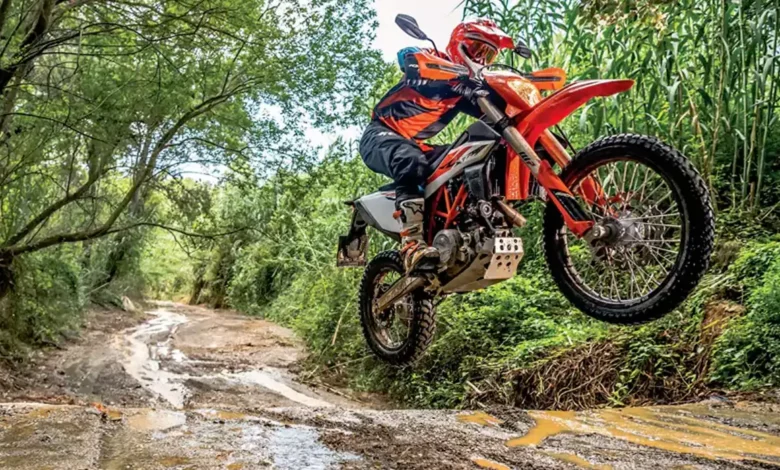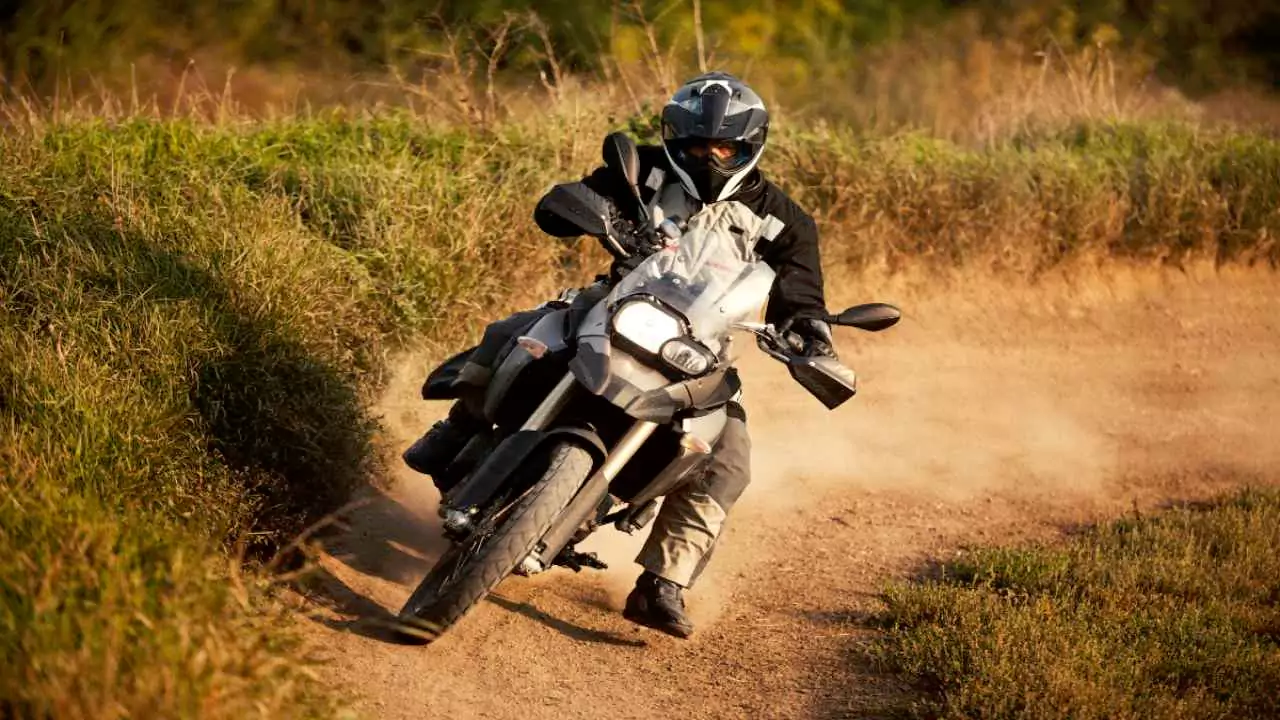Mastering Off-Road Motorcycle Riding: Essential Tips for Adventure Enthusiasts

Off-roading on a motorcycle offers an exhilarating mix of adrenaline, skill, and the beauty of nature. It’s an adventure that challenges riders to navigate through rugged terrains, from muddy trails to rocky paths. Whether you’re a beginner or an experienced rider looking to refine your skills, here are some essential tips to enhance your off-road riding experience.
Correct gears for off-roading
Choosing the right motorcycle and gear is crucial for off-road riding. Look for a bike designed for off-road use, such as a dirt or adventure bike. These motorcycles are built to withstand rough terrains and provide better handling, with features like lightweight frames, high ground clearance, and durable tyres with deep treads. Equally important is your riding gear, as safety should always come first. Invest in a quality helmet, preferably one designed for off-road use with a visor to protect against debris. Protective clothing, including a chest protector, knee guards, elbow guards, gloves, and sturdy boots, will protect you from falls and impacts and elements like branches, rocks, and mud.
Work on body position
Proper body positioning is fundamental to maintaining control and balance on off-road trails. Standing on the foot pegs lowers your centre of gravity and improves bike control, especially on rough terrains, while sitting is generally reserved for smoother sections or when you need to take a break. When climbing hills, lean forward to keep the front wheel down and maintain traction. Conversely, lean back when descending to prevent the rear wheel from lifting. Keep your knees slightly bent and close to the bike for stability, with elbows up and out to help better handle the handlebars.
Tweak throttling style
Smooth throttle and clutch control are crucial for navigating uneven surfaces. Abrupt movements can cause wheel spin or loss of traction. Apply the throttle smoothly to maintain traction, as sudden acceleration can cause the rear wheel to spin out, especially in loose or slippery conditions. Use the clutch to modulate power delivery; feathering the clutch (partially engaging and disengaging it) helps maintain control at low speeds and navigate tricky sections like rocky patches or deep sand.
Read the terrain
Understanding and anticipating the terrain ahead is vital, as different surfaces require different approaches. In sandy conditions, maintain a steady throttle and avoid sudden turns to prevent the front wheel from digging in, keeping your weight back to help the rear wheel maintain traction. In mud, stay light on the throttle to avoid spinning the wheels, and choose a higher gear to reduce torque and increase traction. For rocks and roots, approach at a controlled speed and stand up to absorb impacts with your legs, using your knees and elbows as shock absorbers. When tackling hills, maintain a steady throttle, lean forward for climbs, and gently use engine braking by downshifting and applying the rear brake to avoid skidding on descents.

Brake gently
Effective braking is essential for maintaining control and safety. Use the front brake cautiously, as it provides most stopping power, but be mindful that overusing it on loose or slippery surfaces can cause the front wheel to lock up. The rear brake is more effective on loose surfaces, so apply it gently to control speed without causing the rear wheel to slide. In most situations, using both brakes together for balanced stopping power is best, adjusting the pressure based on the terrain.
Off-road riding often presents unexpected challenges, so it’s important to practice emergency manoeuvres such as quick stops, swerves, and recovering from slides. Find a safe area to practice these skills until they become second nature.
Maintain your ride
Regular maintenance ensures your motorcycle is in top condition, reducing the risk of breakdowns during your ride. Critical maintenance tasks include inspecting tyres for wear and ensuring they are properly inflated, keeping the chain clean, lubricated, and properly tensioned, checking brake pads and fluid levels regularly, and changing the oil and air filters according to the manufacturer’s recommendations.
Stick with buddy
Riding with a partner is not only more fun but also safer. Having someone with you ensures you get help quickly in case of an accident or mechanical issue. It’s also beneficial for navigating unfamiliar terrains, as you can share tips and support each other.
Respect locals
Off-road riding often occurs in natural environments, so it’s important to respect wildlife, stick to designated trails, and follow local regulations to minimize environmental impact. This ensures that these trails remain open and accessible for future riders.
Off-road riding is a continuous learning process. Take courses, watch instructional videos, and seek advice from experienced riders. The more you practice, the more confident and skilled you’ll become.
Off-road motorcycle riding is a thrilling and rewarding experience that offers a unique way to explore the great outdoors. You can enjoy safe and exciting adventures on your bike by choosing the right gear, mastering essential techniques, and respecting the environment. Remember, practice and patience are crucial to becoming a proficient off-road rider. So gear up, hit the trails, and embrace the adventure!
